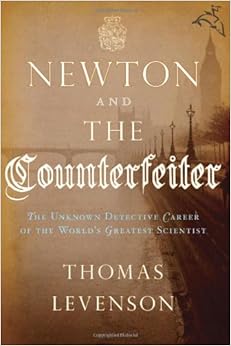I recall reading a great book on Isaac Newton about his little known career at the Royal Mint trying to outsmart a counterfeiter- it's well worth a read.
Yesterday's Times carried two reports which resonated with that book. One of the reports was concerned with supposedly vintage wine, at £10,000 a glass, that a 'wine detective' claimed "on some of the bottles that are supposed to be centuries old, the labels were printed by computer", other causes for concern were the corks, label glue and the type of bottles. Had the buyer been victim of a fruad?
The second report was concerned with counterfeit £1 coins - not a million miles away from the problem Newton was trying to crack.
Both the reports remind us of one of the challenges which face procurement: 'how do you know you get what it says on the tin (or specification)?'
I recently spent some time exploring an organisation's vulnerability to procurement fraud. One of the areas of vulnerability was the lack of protection against a specifier colluding with a supplier who priced against a specification but delivered below specification. The problem was aggravated in that many of the materials were concealed in the building fabric and a counterfeit was unlikely to be detected unless there was an acute failure which could have led to lives being lost. Of course the failure could have been through a shorter lifespan and long after the specifier had left the organisation.
Part of the problem was the specifier was the same person who dealt with the RFQs, and signed-off acceptance of the delivery to the specification.
While that's a worst case scenario, the strange thing was that the organisation did not have mechanisms in place to protect the specifier against unfounded allegations of collusion - do you?

No comments:
Post a Comment